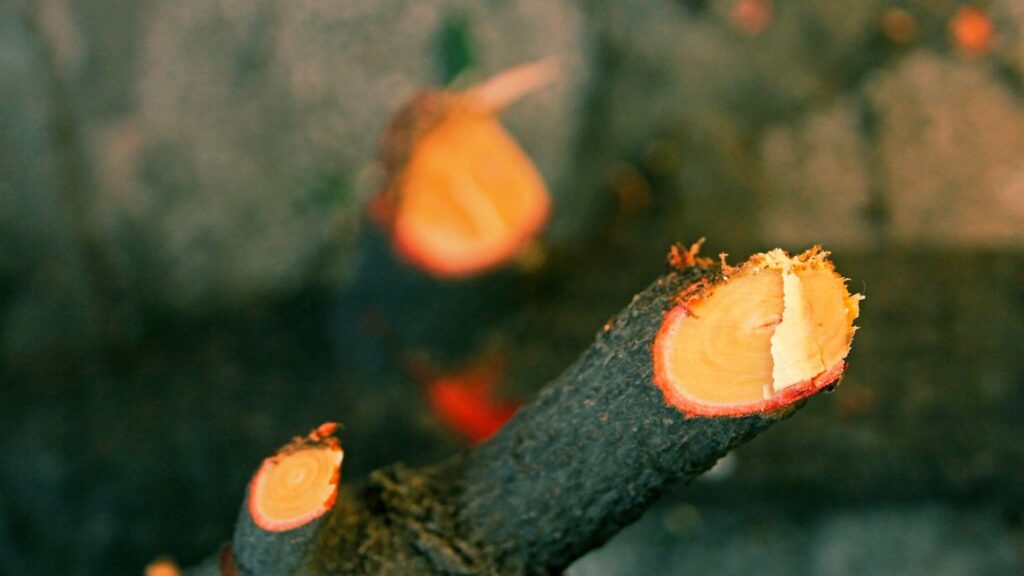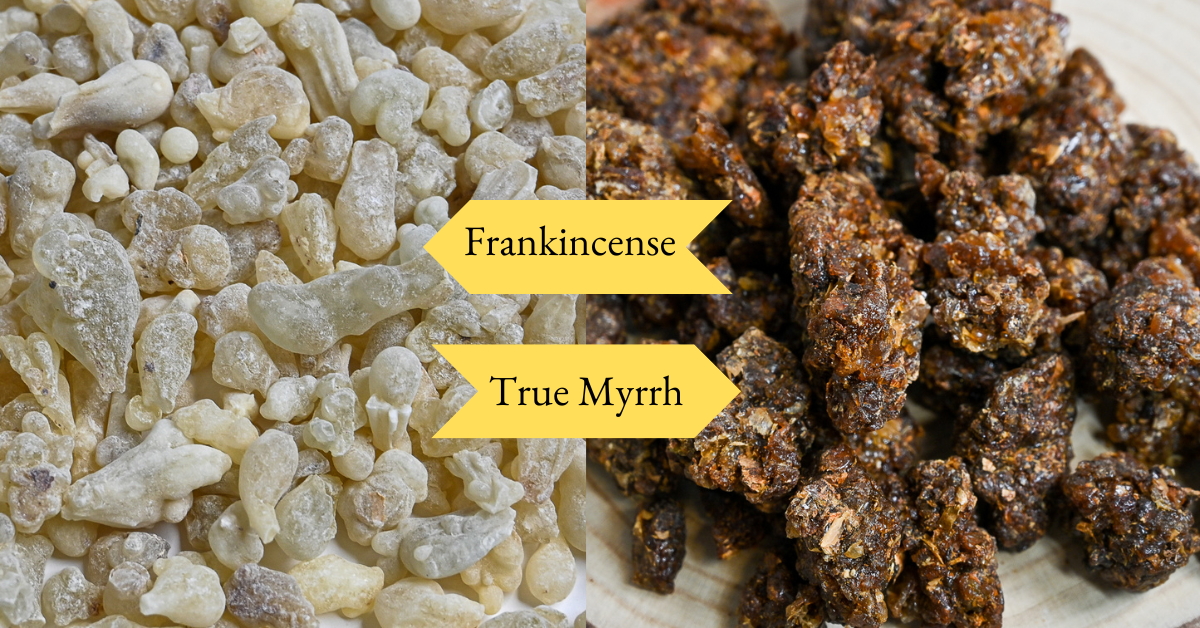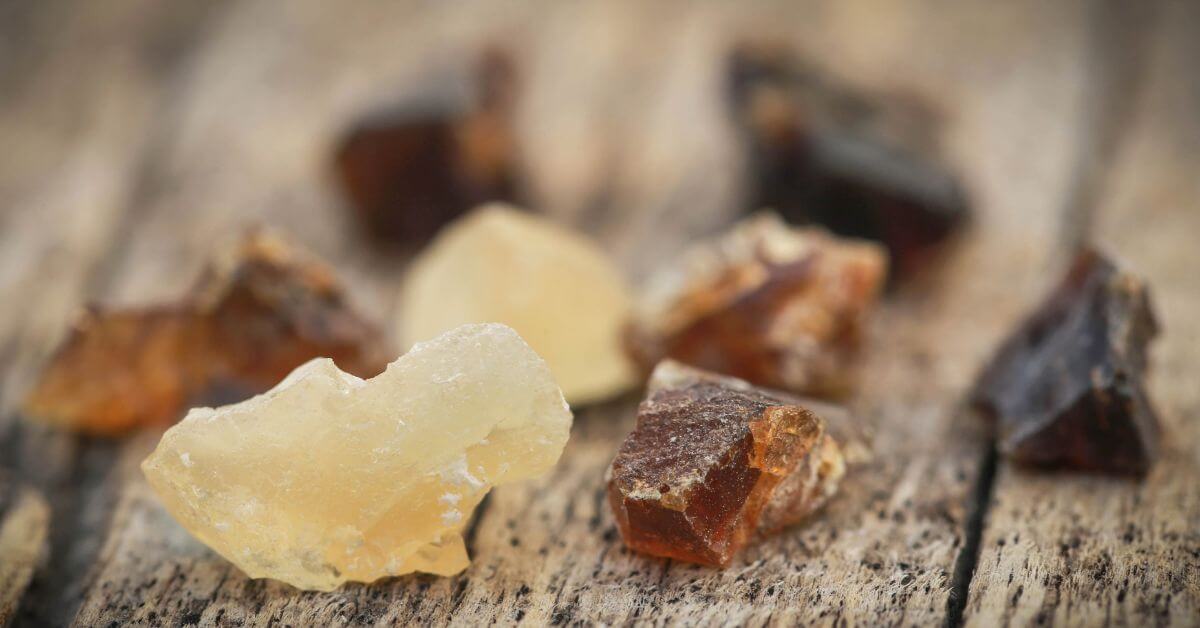Introduction
Red Sandalwood is far more than just wood. Its history is deeply intertwined with legends, spirituality, and the aesthetic allure of various ancient cultures. For centuries, its vibrant hue has painted tales of divinity, allure, and reverence. From the rustic terrains of India to the ceremonial rites in East Asia, it has remained a symbol of luxury, echoing with the whispers of ancient tales and traditions.
A token of spirituality and an emblem of beauty, red sandalwood stands as a testament to nature’s unparalleled prowess – its capability to create objects that resonate with both the soul and senses. This deep, resonating wood is not just treasured for its captivating color, but also for the spiritual energy it is believed to embody. As we embark on this journey, we’ll unravel the layers that have enshrouded it in mystique and reverence for ages.
From the heart of ancient temples where it has been burned as an aromatic offering to the gods, to the grand palaces where its essence scented the hallways of power; from a meditative monk’s prayer beads that channeled energies of the cosmos, to the dresser of a beauty enthusiast where it lends its tint and fragrance; red sandalwood has etched its presence.
But before we delve into the heart of its hue, the tales of its varied uses, or the secrets behind its charm, let’s take a step back. Let’s journey to its very origin, exploring the soil and climate that nurtures this marvel, setting the stage for the story of red sandalwood.
The Origins of Red Sandalwood
Red Sandalwood, known scientifically as Pterocarpus santalinus, is a sacred tree with deep historical roots, renowned not only for its vibrant hue but also for the spiritual and medicinal value it holds. Originating from the Indian subcontinent, this unique tree holds tales of ancient traditions, mysticism, and mastery in its very grains.
Where it is primarily found:
Red Sandalwood is indigenous to the southern parts of the Eastern Ghats mountain range in India, specifically the states of Andhra Pradesh, Tamil Nadu, and parts of Karnataka. This region, blessed with a tropical climate, offers the ideal conditions for the growth of the tree, giving the sandalwood its distinctive characteristics. Historically, forests of these regions were covered with Red Sandalwood trees, and it became a significant part of local folklore and traditions.
Over time, due to its rising popularity and value, the cultivation of Red Sandalwood spread to other tropical regions across Southeast Asia, but none could match the authenticity and quality found in its original habitat.
The uniqueness of its growth patterns and conditions:
Red Sandalwood is a tree of patience and endurance. It thrives in dry and rocky terrains, showcasing resilience in seemingly hostile environments. Its growth is slow, and it can take years for the tree to mature fully. This slow growth ensures the richness in color and the density of the wood.
Another fascinating aspect of its growth is its relationship with the soil. Red Sandalwood tends to flourish in regions with specific soil types, predominantly well-draining soils that are slightly alkaline in nature. This relationship between the tree and its native soil is believed to play a role in the distinctive deep red hue of the wood.
Furthermore, the tree has a unique way of preserving water and nutrients, allowing it to survive and even thrive during prolonged periods of drought. This innate ability makes it not just a marvel of nature but also a symbol of persistence and perseverance in the face of adversity.
In ancient scriptures and local narratives, the Red Sandalwood tree has often been likened to a sage or a mystic, drawing strength from its surroundings, standing tall and proud, and offering its gifts to the world after years of silent growth and introspection. It’s not just a tree; it’s a testament to the magic that nature holds, waiting to be discovered.


Red Sandalwood Wood Chips
A Symbol of Spirituality and Divinity
For millennia, cultures around the world have held red sandalwood in high reverence, not just for its aromatic properties and striking hue, but also for its deep spiritual significance.
Its Use in Religious Ceremonies Across Cultures
From the sacred rituals of India to the aromatic practices of Eastern Asia, red sandalwood has found its place in various religious and spiritual ceremonies. Here’s a glimpse into its global reverence:
- Hinduism: In the Indian subcontinent, red sandalwood, known locally as ‘Rakta Chandan,’ has been used in religious rituals and ceremonies for centuries. Often, it is turned into a paste and applied to the deity statues during worship. Its cooling properties are believed to soothe and honor the deity, making the ritual more intimate and divine.
- Buddhism: Buddhists, especially in Tibet and other parts of Asia, incorporate red sandalwood into their practices. It’s commonly used to make sacred malas or prayer beads, aiding in meditation and the chanting of mantras. The aroma, when burned, is said to purify the environment, making it conducive for spiritual introspection.
- Traditional Chinese Practices: In China, red sandalwood has been a prized ingredient in traditional medicine. However, its spiritual essence is also acknowledged, especially during ancestral prayers. The rich, woody scent is believed to bridge the gap between the mortal realm and the divine, facilitating a deeper connection during prayers.
Red Sandalwood Incense Sticks in Meditation and Prayer
Incense holds a special place in spiritual practices. When it comes to red sandalwood, its aromatic embrace is not just limited to religious ceremonies but extends to personal spaces of meditation and introspection.
- Aid in Meditation: The calming aroma of red sandalwood incense sticks acts as a catalyst in meditation. It helps in grounding the practitioner, pulling them into the present moment, and deepening their focus. For many, the scent evokes feelings of tranquility, aiding in achieving a meditative state more quickly.
- Spiritual Cleansing: Much like sage or palo santo, red sandalwood is believed to possess properties that cleanse a space of negative energies. When burned as an incense, its smoke is thought to purify an area, making it sacred and conducive for spiritual practices.
- Enhancing Connection in Prayer: Whether in a temple, church, or a personal shrine, the scent of red sandalwood incense sticks uplifts the spiritual ambiance. For believers, it is as if the divine aroma amplifies their prayers, ensuring they are heard and magnified in the spiritual realm.
In essence, red sandalwood’s profound association with spirituality and divinity is a testament to its unparalleled aura. Its ability to calm the mind, purify spaces, and deepen one’s connection to the divine makes it a spiritual mainstay in various cultures, transcending geographical and cultural boundaries.
The Science Behind the Distinctive Hue
Red sandalwood, revered for its divine color and aromatic properties, stands apart in nature due to its unmistakable hue. But have you ever wondered about the magic and science that goes into crafting such a vibrant shade? Let’s dive deep into the mesmerizing world of red sandalwood’s unique coloration.


Red Sandalwood Tree
An Exploration into What Gives Red Sandalwood Its Characteristic Color:
At the heart of red sandalwood’s allure is the compound known as santalin. This natural compound is primarily responsible for bestowing upon the wood its radiant red color. Unlike many trees that rely on external factors or fungal interactions to achieve their color, red sandalwood’s hue is inherent and comes from within. The high concentration of santalin ensures that the wood retains its color even after being processed, making it a highly sought-after material for various artistic and ritualistic endeavors.
In addition to santalin, the wood also contains other flavonoid compounds, enhancing its color depth. Over time, as the wood matures and interacts with the elements, these compounds can create a rich tapestry of reds, ranging from pale pink to a deep, near-maroon.
How Age and Environment Influence the Depth of Its Hue:
Much like a fine wine, red sandalwood only gets better and deeper with age. Younger trees possess a lighter, more subdued hue, whereas older trees boast a dark, captivating red. It’s this aging process that gives the wood its depth and variation, adding to its value and charm. Collectors and artisans often prize older red sandalwood trees for the richer tones they provide.
Environmental factors, too, play a significant role. Trees grown in more arid conditions, where they have to struggle for nutrients, often develop a deeper, more concentrated color. This is because the tree focuses its energy on producing santalin as a defense mechanism against pests and diseases, resulting in a richer hue.
Additionally, the soil’s mineral content, especially iron, can influence the intensity of the wood’s redness. Regions with high iron content in the soil tend to produce trees with a brighter and more vivid color.
In conclusion, while red sandalwood’s unique hue is indeed a product of its inherent biochemical makeup, external factors like age and environment further enhance and deepen its shade. This perfect blend of nature’s art and science bestows upon us a wood that’s as vibrant in color as it is in cultural significance.
Benefits Beyond Beauty
From ancient texts to modern-day skincare regimes, red sandalwood, also known as ‘Rakta Chandana,’ has played a significant role. Beyond its captivating hue and spiritual significance, this versatile wood offers a plethora of benefits that have been revered across generations.
Medicinal Properties and Traditional Remedies Involving Red Sandalwood:
A staple in the ancient system of Ayurveda, red sandalwood’s medicinal prowess is deeply rooted in history.
- Anti-inflammatory and Antiseptic: Traditional practitioners believed in the wood’s anti-inflammatory properties. It has been commonly used to treat digestive disorders, mild fever, and inflammation. When applied as a paste, it can soothe bug bites and minor skin wounds.
- Natural Diuretic: In Ayurveda, red sandalwood has been suggested to be a potent diuretic, assisting in flushing out toxins from the body, thus supporting kidney health.
- Mental Calmness: With its cooling properties, red sandalwood has also been ingested in various preparations to alleviate stress and promote mental calmness.
- Blood Sugar and Hypertension: There are references in ancient texts indicating its use in managing blood sugar levels and hypertension, though one should always consult with modern healthcare professionals before considering its use for these purposes.
Its Role in Skincare and Other Contemporary Applications:
Today, the legacy of red sandalwood continues, transcending its traditional bounds and marking its territory in contemporary wellness and beauty industries.
- Skin Health: Red sandalwood is renowned for its ability to soothe the skin. Its cooling properties can help in reducing skin inflammation, pimples, and sunburn. It’s also been known to assist in reducing hyperpigmentation, giving the skin a more even tone.
- Natural Exfoliant: Often found in powdered form, it serves as a gentle exfoliant, helping rid the skin of dead cells and promoting a brighter complexion.
- Anti-aging: Rich in antioxidants, red sandalwood fights free radicals that can cause premature aging. This makes it a sought-after ingredient in anti-aging creams and serums.
- Aromatherapy: Given its soothing scent, red sandalwood has found its way into essential oils used in aromatherapy, promoting relaxation and mental clarity.
- Perfumery and Cosmetics: Its distinct aroma makes red sandalwood a prized ingredient in luxury perfumes. Furthermore, with its natural tinting ability, it’s sometimes used in cosmetics for its coloring properties.
Whether embraced for its healing properties, spiritual significance, or the enhancement of beauty, red sandalwood undoubtedly holds a unique space in nature’s bounty. As we delve deeper into its wonders, we realize that it’s worth goes far beyond its beautiful red hue. It truly is nature’s gift to humanity.


Red Sandalwood Chips
Sustainability and Conservation: A Modern Imperative
In an age where global interconnectedness has made rare commodities accessible to many, the allure of red sandalwood is not spared from exploitation. Its exquisite hue and multifaceted benefits have led to an increased demand, but this comes at a cost to the environment and the tree’s very existence.
The Rising Concerns of Overharvesting
The red sandalwood tree, like any treasure, is a victim of its own beauty and utility. As its popularity surged in international markets, so did the aggressive and often illegal harvesting of the wood. Many forests, once brimming with these vibrant trees, have witnessed a disturbing depletion in their numbers.
Illegal logging is not a new phenomenon, but with red sandalwood fetching high prices on the black market, this illicit activity has seen a substantial surge. Such practices do not just endanger the species but also disrupt the delicate balance of the ecosystem in which the tree thrives. When large areas of forests are cleared without thought, it affects soil health, water resources, and the countless species that coexist with the red sandalwood tree.
Importance of Sustainable Practices and Ethical Sourcing
Understanding the dire consequences of unchecked exploitation, there’s an awakening toward the adoption of sustainable practices. Conservationists, local communities, and even some businesses are advocating for the responsible harvesting of red sandalwood.
Sustainable practices emphasize not just on limited and mindful harvesting, but also on replanting efforts to ensure that the number of trees cut down is balanced with new saplings taking root. Such practices ensure that future generations can also benefit from this magnificent tree without compromising the health of our planet.
Ethical sourcing is another beacon of hope in this scenario. With conscious consumerism on the rise, many are opting for products that vouch for the ethical sourcing of their ingredients. By supporting such products and companies, consumers play an integral role in promoting sustainable practices and discouraging illegal and harmful exploitation.
The journey of red sandalwood from the earth to the artifacts and remedies is one steeped in ancient wisdom and modern challenges. As guardians of this planet, it becomes our collective responsibility to ensure that while we bask in the gifts of nature, we also protect them for those yet to come.
Conclusion
As we journey through the intricate tapestry of red sandalwood’s history, significance, and benefits, we are reminded of its timeless allure that has transcended generations and cultures. This remarkable wood, with its radiant red hue and myriad applications, continues to captivate hearts and minds, weaving its magic through the ages.
Reflecting on the Deep-Rooted and Timeless Allure of Red Sandalwood:
From the mystical lands where it thrives to the spiritual sanctuaries it graces, red sandalwood has held a profound place in human history. Its rich color, symbolic significance, and therapeutic properties have established it as a treasured resource that bridges the material and the spiritual.
In the sacred rituals of diverse cultures, red sandalwood has stood as a beacon of divinity and purity. Its aroma has filled countless temples and meditation spaces, transforming ordinary moments into transcendental experiences. Its crimson hue has adorned the foreheads of worshippers and the artifacts of artists, symbolizing devotion and creativity.
A Call for Appreciating, Preserving, and Using It Responsibly:
With great marvel comes an even greater responsibility. The beauty and utility of red sandalwood compel us to safeguard it for future generations. As we’ve explored its various uses, its vulnerability to overharvesting, and the importance of sustainable practices, we are reminded that our actions today shape the legacy we leave behind.
Appreciation for red sandalwood extends beyond merely using its products; it includes advocating for its preservation, supporting ethical sourcing, and participating in conservation efforts. By doing so, we become custodians of nature’s artistry, ensuring that this ancient treasure remains vibrant for those who follow.
In a world where resources are often exploited, red sandalwood’s story serves as a reminder that our bond with nature is not one-sided; it’s a partnership that requires nurturing and respect. As we marvel at the timeless allure of red sandalwood, let’s also pledge to appreciate, preserve, and use it responsibly. Let its radiant hue be a beacon of inspiration, guiding us toward a harmonious coexistence with the natural world.



